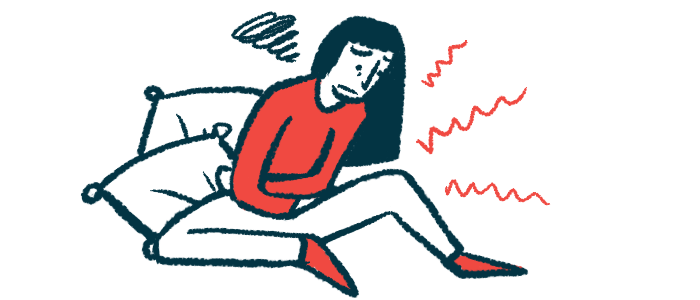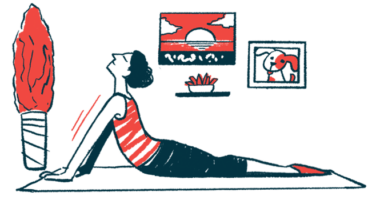Imbalances in Sensory Signals Linked to Chronic Pain in Hypermobile EDS

Imbalances among sensory signals may contribute to the chronic pain experienced by people with hypermobile Ehlers-Danlos syndrome (hEDS), according to a report.
In addition, exercise-induced hypoalgesia or EIH — a generalized reduction in pain and pain sensitivity that typically occurs during and after exercise — appears to be reduced in hypermobile EDS patients, the study suggests.
“We recommend further research towards EIH because exercise therapy has a central role in the treatment of chronic pain,” the researchers wrote.
The study, “Exploring pain mechanisms in hypermobile Ehlers-Danlos syndrome: a case-control study,” was published in the European Journal of Pain.
Pain is one of the most common and disabling symptoms of hEDS. However, there has been little formal research on the mechanisms underlying pain in this most common type of EDS.
Chronic pain often results from an imbalance between two types of neurological signals: ascending and descending. With ascending signals, nerves sense something painful and send a signal of pain to the brain. Conversely, descending signals are regulatory and help to prevent extraneous pain signaling.
To learn more about such signals in hypermobile EDS, scientists in Belgium now recruited 20 women with the disorder who reported chronic pain, alongside 20 age- and sex-matched healthy people (controls) with no known health conditions or pain. The team then performed a battery of standardized assessments of pain.
To measure ascending pain signals, the researchers calculated the temporal summation of pain (TSP) through pressure stimuli applied to the participants’ skin. Pain thresholds for warmth and cold were determined with a device that would get gradually hotter or colder. The team recorded the point at which the sensations became painful.
Descending pain signals were assessed by calculating conditioned pain modulation (CPM) and EIH. These involved a similar temperature-based assessment, but participants first either submerged their hands in hot water (CPM) or exercised by cycling (EIH) to activate descending signals.
“A new aspect of this study is that pain inhibition was assessed in two ways (EIH and CPM), in addition to endogenous pain facilitation (TSP),” the researchers wrote.
Results showed that TSP values were significantly higher on average among the participants with hypermobile EDS.
“The present study demonstrates increased TSP in hEDS, which suggests increased central pain facilitation,” the researchers wrote.
CPM scores did not significantly differ between patients and controls. In EIH assessments, the pain-dampening effects of exercise were significantly different between the groups when testing on the legs (quadriceps), but not on the upper back (trapezius). This difference in location may be because the patients were exercising by cycling, which works the legs more than the upper body.
“EIH should be studied more extensively, but may be disturbed in hEDS when evaluated in the muscles that were activated during the exercise protocol,” they wrote.
The researchers stressed that this study is limited by its small size, and also noted that many of the hEDS patients routinely used medications to help cope with pain, which may have influenced the results. They called for further larger studies to examine the mechanisms behind pain in hEDS.
“Future studies in larger cohorts [groups] are required to evaluate whether disturbed pain facilitation (increased TSP) or disturbed pain inhibition (EIH) are determinants for clinical pain severity in hEDS, which of these is the most important determinant, and which other factors play a role,” the scientists concluded. In addition, “it could be interesting to evaluate whether medication that influences central pain facilitation is helpful in reducing pain severity in everyday life.”







